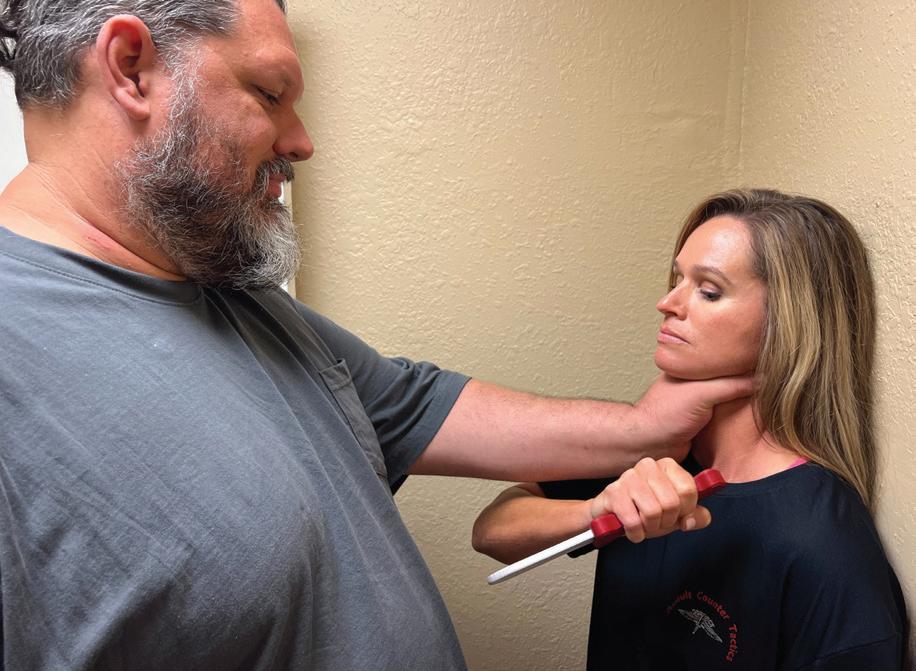
12 minute read
SELFDEFENSE TRAINING: SHERRY MYERS ON SELFDEFENSE FOR WOMEN
Self-Defense TRAINING
For women serious about learning how to better protect themselves, Sherry Myers, a self-defense instructor and NRA-certified instructor, advocates “hard, realistic training, not some feel-good program based on wishful thinking.”
SELF-DEFENSE ADVICE FOR WOMEN
Sherry Myers, an Assault Counter Tactics instructor, shares survival tips and truths for those who are serious about their personal protection.
STORY AND PHOTOS BY PAUL PAWELA
As of the timing of this article, news has broken that Eliza Fletcher – a 34-yearold mother, wife and kindergarten teacher – was found murdered after being abducted while jogging. She was shown on video putting up a struggle for four minutes before ultimately being overpowered and put into the vehicle. Although Fletcher was physically fit, she was smaller than her attacker, who was around 6 feet tall and weighed roughly 175 pounds. The alleged murderer also has a long history of violence; he previously served 20 years of a 24-year sentence for kidnapping another victim at gunpoint, and his past criminal record shows he had charges for aggravated assault and rape.
While I have been in the selfdefense business for over four decades and am a certified rape prevention instructor trainer – as well as a father and grandfather of grown women



Given the typical size advantage men have over women, Myers eschews martial arts training. Instead, she suggests focusing on learning how to wield one of two deadly weapons. In the case of a knife, the chest, face, arm and throat of an attacker represent different points to target when defending one’s life with a blade. – for this article, I thought I would go to a newer source of advice for today’s woman: Sherry Myers, a self-defense instructor with Assault Counter Tactics, and the owner of Shooting with Sherry (shootingwithsherry.com). Sherry does not come from a military or law enforcement background, but she was taught firearms safety, shooting and hunting at a very early age. By the time she was 14, she’d embark on her own into the woods with her .22-caliber rifle, eradicating rodents and bringing home small game for food for the family. (Sherry delighted in pretending she was her childhood hero Annie Oakley.)
As Sherry grew and matured, she would graduate from her .22 to shotguns, and then to rifles to hunt bigger game. Along her journey, her father imparted a story when he thought she was of age to understand the seriousness of the situation. Before Sherry was born, her father shot a suspected serial rapist. This had a huge impact on Sherry’s outlook on firearms being utilized not just for hunting, but also for personal self-defense.
Sherry then attended classes from some of the top firearms trainers in the country, people like Massad Ayoob, who is becoming a certified instructor in both the NRA and the USCCA, and she has also become an understudy to some of the best knife-counter-knife instructors. Though Sherry earned her bachelor’s degree in prelaw, she ultimately decided to become a full-time self-defense trainer.
So, without further ado, here are Sherry Myers’ thoughts on women’s self-defense issues, drawn from various interviews I have done with her.

SHERRY MYERS: “AS a woman who teaches, financially runs and owns a company that specializes in training women (and men/couples) in adversary survival training, women often ask me, What is the most practical way for a woman to protect herself? This is usually followed by another question: What is the most realistic method of self-defense, or what is the best martial art or weapons to defend yourself with?
Since I am presented with these
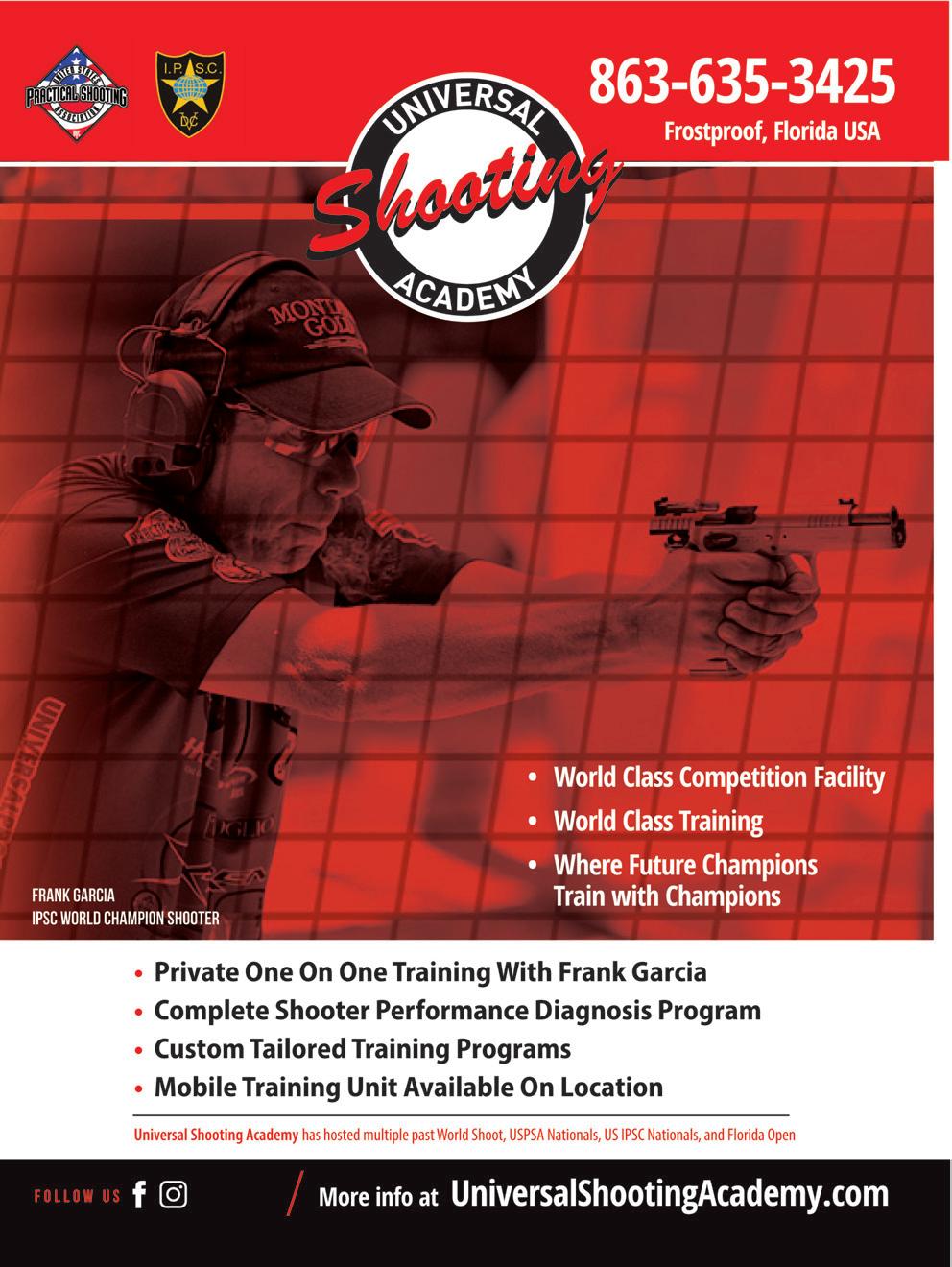
Myers illustrates using a simple pencil for self-defense, a tactic that can be taught to and used by any woman, young or old.



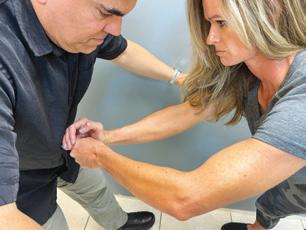
questions, I respond by asking them one question of my own. How serious are you? And what kind of protection training are you truly talking about?
Generally, when it comes to training women, I eliminate most martial arts that teach hand-to-hand because the facts are, men are usually stronger, faster, taller, and outweigh most women by 25 or more pounds. Too many styles or systems state that they have the answer to render a man helpless or incapacitated, but there is a 50-50 chance at best of this succeeding, and that statistic is way too high in my opinion.
The first thing a woman needs to do is win the mindset confrontation. Period. A woman must accept the fact that in a violent encounter she may be badly injured, but she must be willing to put into her mind that she must be willing to survive the confrontation at all costs.
Women are like soldiers. We fight better when things go our way. When things don’t go our way, it’s hard for us to reassert control. The only way to ensure control and to make good as survivalists is through hard, realistic training, not some feel-good program based on wishful thinking.
On hand-to-hand programs for women, the majority of them were designed by men. The problem with



programs like model mugging and RAD-type [Rape Aggression Defense] programs is the attacker is both posturing and wolfing before he attacks the female victim student. First, in real-life situations, a woman is usually attacked without warning and as we have already mentioned, men tend to be stronger, heavier and more aggressive, and they automatically expect women to be little or no problem to overpower them.
Men are also tactical-minded and have played some variation of war all their life. They are good at it. For a
A handgun is Myers’ preferred self-defense weapon, and she recommends a 9mm Glock 43X or Sig P365. Here she demonstrates proper hold with a laser-equipped training firearm.


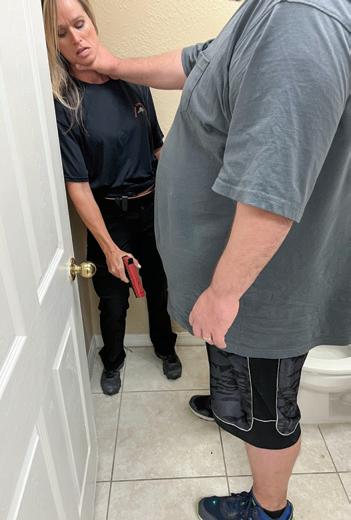
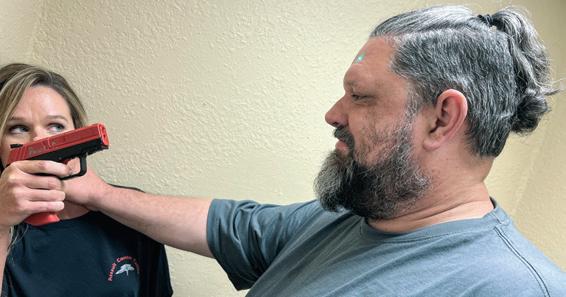
When pinned against a wall by an attacker who is stronger, bigger and taller, having a firearm to defend oneself is a great equalizer.
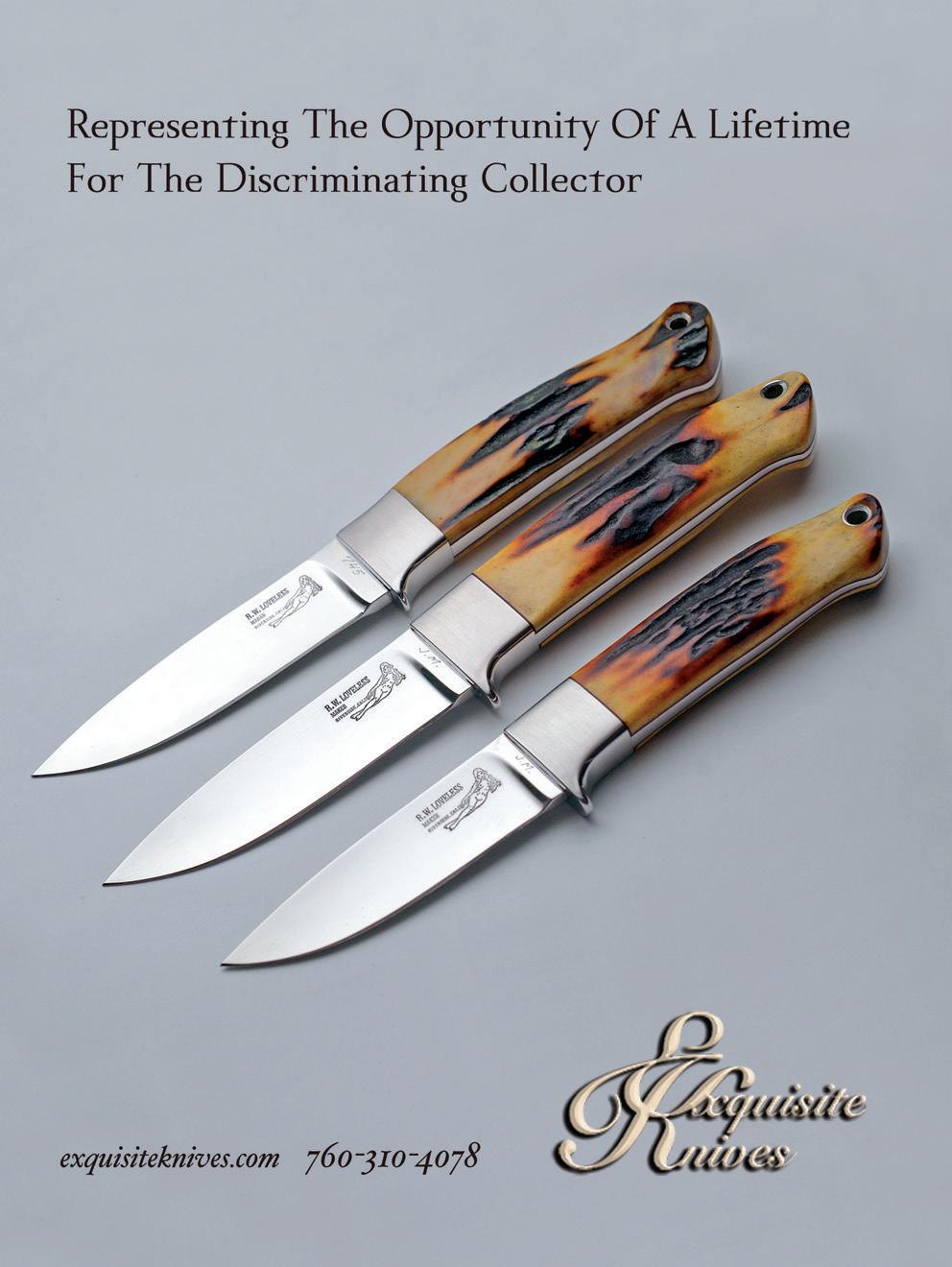
Myers teaches executive protection to Florida Congresswoman Val Demmings’ protection team.

woman to take command of an intense situation against a man, she must use superior force. This equates to using weapons that are capable of inflicting serious injury or death on the attacker. There just is no other simple solution to this problem.
To accomplish this, the objective is to obtain the proper tools, or safety rescue equipment, if you prefer. The tools of choice that I recommend are a knife and/ or a gun. Each tool comes with its pros and cons and requires special training and a complete understanding of the legal issues and consequences of having such tools.
Let’s start with the pocket folding knife, made popular by the knife manufacturers who made knives easy to open either through a hole, stud or blade for quicker opening presentation, and a clip on the side, which attaches through a pocket or other special areas where women might want to hide a knife.
I feel the knife should be used as a last resort. While male self-defense trainers hail the knife as a practical method of self-defense, I do not share their enthusiasm. First, is it legal to carry? If it’s not, it’s not an option. Second, is the knife large enough to handle under conditions of extreme stress? To have one on your person is one thing; to get it out and open the blade under extreme duress is another, period. Third, do you truly have the fortitude to use a knife under duress? In extreme-close-contact confrontations, impaling a human being is a most difficult one ... I am not saying under the duress of circumstances this cannot be accomplished, but it’s simply not as easy as some would have you believe.
If a woman decides to buy a knife, here are my recommendations: • The blade length should be no longer than 4 inches. • The blade should have a plain edge on it only. • The blade style should be a clip point. • The knife should have a strong locking mechanism. • The knife should be able to have a clip, which allows for either left- or right-hand carry. • The knife should be comfortable to hold onto. • The knife should be reasonably priced, under the $125 mark.

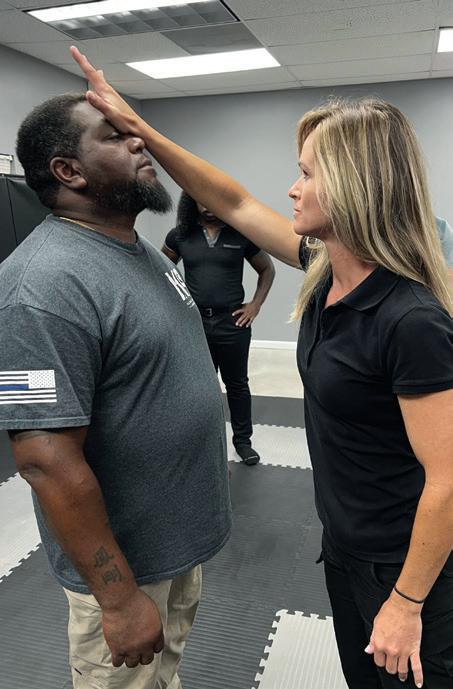


“I believe one can only prepare for life-threatening encounters by training that realistically simulates the same type of scenario as close as possible. This brings me back to the original question. How serious are you about self-protection?” Myers asks fellow women.

Check online to see if a knife is even permissible to carry in your area. While serrated and partially serrated blades, as well as tanto and spear points, are popular with many knife aficionados, I don’t recommend them for self-defense. A prosecutor would have a field day with those types of knives.
One of my favorite knives to carry is Benchmade Mel Pardue 555-S30v mini Griptilian; it has an axis opening lock that is both strong and fast to open.
The knife’s role is limited at best. Still, it is a better option than nothing at all.
The first option for women as an equalizer is a firearm. I know there are firearm programs spend too much time simulating law enforcement and military-type training programs, teaching their students to engage when they should be retreating.
I believe students should participate in a shoot-don’t-shoot role-play scenario where the assailant has the potential of shooting back at you. This can be done using airsoft or simulation and training programs. At the same time, the student is taught the proper use of cover, dealing with multiple assailants, weakhand shooting techniques, reloading the weapon, how to hold a suspect until police arrived, et cetera, all under simulated stress.
The handguns I recommend for women are the Glock 43X and Sig P365. I find women prefer these firearms to any other. When it comes to caliber, I recommend 9mm for recoil control and the wide variety of defense rounds to choose from.
Tragically, I have met too many women who have been attacked and had the sensation of total disbelief that their lives were flashing before their eyes as if there were in some sort of movie. Those women all describe thoughts of, This can’t be real and I don’t belong here, while fighting feelings of anger and betrayal, only to be reminded that the horror and blood were all too real. I believe one can only prepare for lifethreatening encounters by training that realistically simulates the same type of scenario as close as possible. This brings me back to the original question. How serious are you about self-protection?”
THIS ARTICLE IS dedicated to every woman who survived a violent encounter and our prayers to the families of any women who did not.
For more information on training with Sherry Myers, email her at shootingwithsherry@instructor.net
a lot of women who hate guns. I don’t understand this mentality, because if these women ever had a chance to interview as many women as I have – women who were brutalized by their attackers – then they would understand the handgun’s potential value.
In firearms training, I recommend two types of training courses. First and foremost, a basic course that covers safe handling, safe storage, marksmanship, the difference between revolvers and semiautomatic, maintenance, and legal issues. The second course should be a realistic approach to using firearms under stress. Too many Editor’s note: For realistic self-defense training, see assaultcountertactics .com. Author Paul Pawela is a nationally recognized firearms and self-defense expert based in Florida.

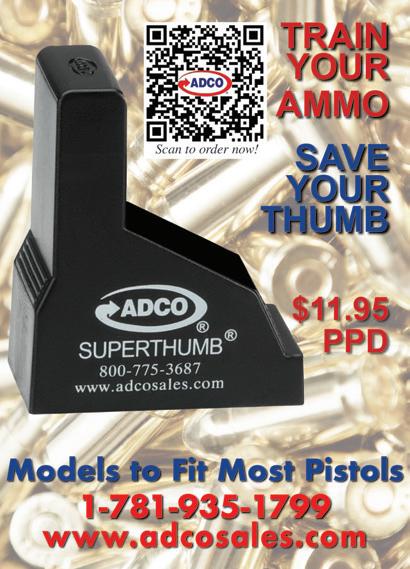
COVERT CARRIER
The Covert Carrier is designed for “deep” cover or “backup” use. It was created for small-framed single-stack semiautomatic handguns. Caliber options for the “backstack e Covert Carrier range from .45 to .22. It can be fitted to a removable grip panel or adapted to the handle of a polymer pistol and fitted with our universal small or large rubber sleeve.
The key element to the device is the stainless steel appendage fastening means, or clip. The clip is designed in a lazy “S” shape. A segment is draped over the user’s waistband material and the handgun then disappears – IWB — from view, behind the cloth below the belt line.
The Covert Carrier gives the user an option to carry appendix fashion, with total handgun concealment without a traditional holster, case or pouch. Covert Carrier’s “Grab and Go” feature is the strongest in the concealed carry industry. There is no cloth, elastic, leather or plastic to wear out or break.
Covert Carrier has both right- and left-handed applications and custom options for wooden, plastic and G10 grip panels. The device is adaptable to a handgun’s removable grip panel, and once affixed to it, becomes a permanent part of the grip.
Other carry options include pocket, purse or boot; however, when used inside the waistband and carried below the beltline, it becomes the gold standard for concealed carry.
Visit www.covertcarrier.com for more information. Orders can be placed online or made via telephone at (702) 245-6302. rge d ations and














